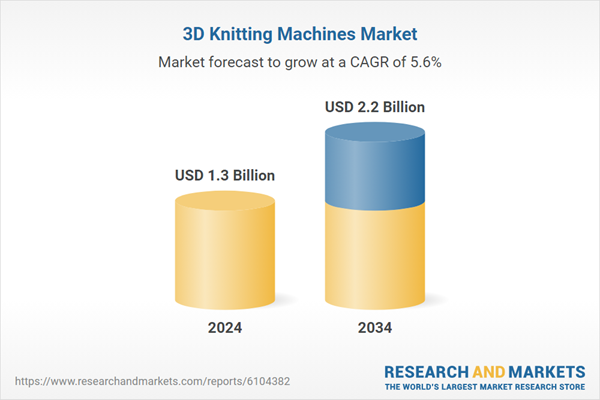Their application has surged across industries such as fashion, sportswear, medical textiles, and automotive interiors. On-demand manufacturing and zero-waste production are pushing both emerging and established brands to upgrade their capabilities with smart systems. The incorporation of AI, robotics, and IoT further enhances the accuracy and efficiency of these machines.
While Asia-Pacific and Europe continue to lead in adopting cutting-edge technologies and making substantial industrial investments, North America is steadily advancing its dedication to eco-friendly innovation in textile manufacturing. This region is increasingly prioritizing sustainable practices, such as reducing carbon footprints, minimizing waste, and using renewable materials throughout the production process.
North American manufacturers are integrating green technologies and cleaner energy sources, aiming to meet stricter environmental regulations and growing consumer demand for sustainable products. This shift not only enhances environmental responsibility but also opens new market opportunities, positioning North America as a key player in the global movement toward more sustainable and ethical textile production.
In 2024, the synthetic fibers segment generated USD 398.5 million. These fibers, including polyester, nylon, and acrylic, offer high durability and resistance to wear, making them ideal for use in sportswear, outerwear, and performance apparel. In addition to their strength, synthetic materials are more cost-effective than natural alternatives like cotton or wool, making them suitable for large-scale production. Their moisture-wicking, elasticity, and fast-drying properties are highly valued in the activewear industry, driving continued demand across textile applications.
The large-scale production segment held a 60.7% share in 2024, due to its ability to support high-volume output while minimizing costs. These manufacturers benefit from economies of scale and have the capital to invest in sophisticated 3D knitting equipment and skilled professionals. Their capabilities allow them to fulfill bulk orders for global brands and industrial clients efficiently. In contrast, small-scale producers often face financial and logistical challenges in adopting such advanced machinery, from procurement to operation and maintenance.
Asia Pacific 3D Knitting Machines Market held a 36% share and generated USD 475.4 million in 2024. The region's dominance is fueled by its strong textile manufacturing base and ongoing investments in automation and digital infrastructure. Countries including China, India, Vietnam, Japan, and South Korea are heavily involved in advancing smart manufacturing and integrating technologies like AI and robotics into their textile sectors. These developments are enhancing production capabilities and accelerating the region's adoption of 3D knitting systems.
Leading companies in the 3D Knitting Machines Market include Brother Industries, Shima Seiki, Karl Mayer, Stoll, Santoni, Steiger, Groz-Beckert, Zhejiang Tongtai Intelligent Technology Co Ltd, Tongxiang Qianglong Machinery Co Ltd, and Jiangsu Gomor Textile Technology Co Ltd. To strengthen their market position, major players in the 3D knitting machines industry are focusing on several key strategies.
These include continuous R&D investments to improve machine precision, integration of smart technologies like AI and IoT to enable real-time control and error reduction, and expansion into emerging textile markets through strategic partnerships. Companies are also offering tailored solutions and training programs to help clients adopt 3D knitting systems more efficiently. Moreover, many are actively promoting sustainable production benefits, aligning their offerings with industry trends toward circular fashion and reduced waste.
Comprehensive Market Analysis and Forecast
- Industry trends, key growth drivers, challenges, future opportunities, and regulatory landscape
- Competitive landscape with Porter’s Five Forces and PESTEL analysis
- Market size, segmentation, and regional forecasts
- In-depth company profiles, business strategies, financial insights, and SWOT analysis
This product will be delivered within 2-4 business days.
Table of Contents
COMPANIES MENTIONED
The companies featured in this 3d knitting machines market report include:- Brother Industries
- Groz-Beckert
- Jiangsu Gomor Textile Technology Co Ltd
- Karl Mayer
- Santoni
- Shima Seiki
- Steiger
- Stoll
- Tongxiang Qianglong Machinery Co Ltd
- Zhejiang Tongtai Intelligent Technology Co Ltd
Table Information
| Report Attribute | Details |
|---|---|
| No. of Pages | 250 |
| Published | June 2025 |
| Forecast Period | 2024 - 2034 |
| Estimated Market Value ( USD | $ 1.3 Billion |
| Forecasted Market Value ( USD | $ 2.2 Billion |
| Compound Annual Growth Rate | 5.6% |
| Regions Covered | Global |
| No. of Companies Mentioned | 11 |









